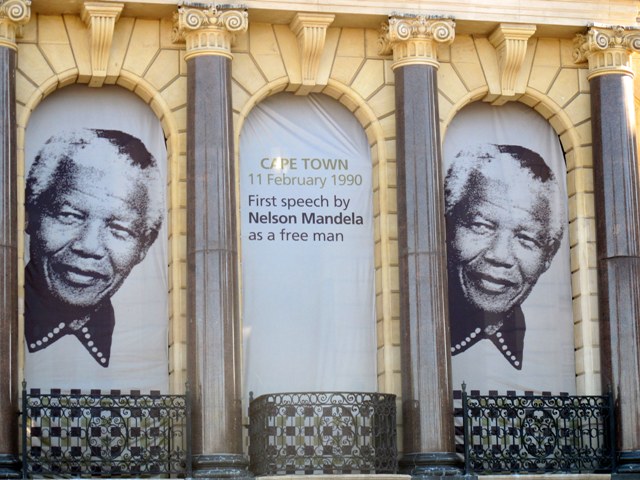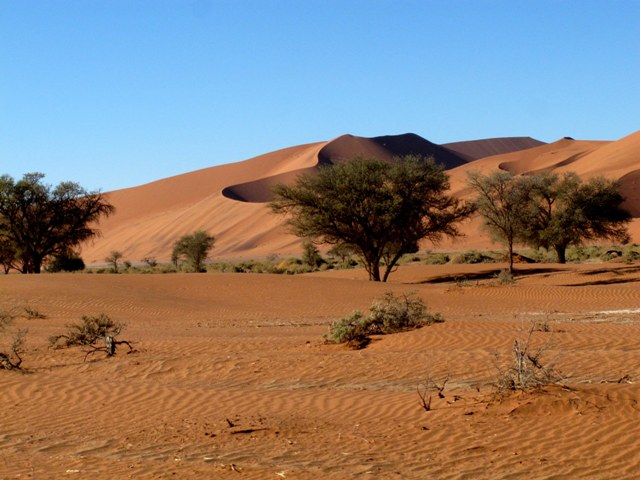 The sad actuality of these days made me want to write about South Africa, or rather that South Africa city where Nelson Mandela spent the 27 long years of captivity and in which he gave his first public speech after his release on 11 February 1990. Clearly I’m talking about Cape Town.
The sad actuality of these days made me want to write about South Africa, or rather that South Africa city where Nelson Mandela spent the 27 long years of captivity and in which he gave his first public speech after his release on 11 February 1990. Clearly I’m talking about Cape Town.
The site of the first European settlement in South Africa, in Cape Town there is still a strong perception that racial balance is still a point of arrival towards which the city moves slowly. A demonstration of this the shanty towns that welcome us at our entry into the city, inhabited entirely by the black population.Yes, because I arrived in Cape Town after a long safari through southern Africa.
Our truck has crossed the border between the wilds and the metropolis too quickly because the impact is not abrupt. I simply was not ready for so much civilization, back from days and nights spent in contact with a nature that had inevitably accustomed me to follow its rhythms. Precisely for this reason I did not love this city right away, in fact, I felt distant, almost a bit ‘hostile, and I could not immediately establish a relationship. So much so that the first round at the City Bowl, or the vital center of Cape Town, saw me a little cold. I looked around for a sign, something that caught my attention and justified all the good I had read and heard about this place.
And the sign I was looking for came to Grand Parade, the square where Mandela spoke the famous speech I mentioned above. Here, in that square, where my gaze was immediately captured by two banners placed on the facade of the old town hall and depicting the smiling face of Madiba, I made contact with the city.

 One evening, in the middle of a safari that took me to the south of Namibia, I hear myself say: “Tomorrow guys wake up at 4”. At 4 o’clock? Let me understand, there are fifteen days of absurd alarms but at 4 means in the middle of the night, which then in Africa at night, allow me, is still much more night of the other continents! And this alarm that would immediately re-discuss the concept of vacation, what do we owe it to? I’m told: we have to
One evening, in the middle of a safari that took me to the south of Namibia, I hear myself say: “Tomorrow guys wake up at 4”. At 4 o’clock? Let me understand, there are fifteen days of absurd alarms but at 4 means in the middle of the night, which then in Africa at night, allow me, is still much more night of the other continents! And this alarm that would immediately re-discuss the concept of vacation, what do we owe it to? I’m told: we have to 